16 December 2013
| Last updated on 16 December 2013Make Sure You Don’t Miss Out On Motherhood

Strictly defined, infertility is failure to conceive a pregnancy in a 12 month period for patients under 35 years of age and failure to conceive in a six month period for the over 35 age group.
Female age is important when considering probability for getting pregnant. Increased infertility rates with aging are well documented in our society. For example, in any given month, the chances of getting pregnant at age 30 are about 20%. At age 40, it is just 5%. As a result, many couples end up needing advanced treatments such as IVF to overcome this age-related decline.
The graph below highlights the inverse relationship of fertility and increasing maternal age:

All women are born with all of the eggs that they will have in their lifetime (approximately one million) which declines to around 400,000 by puberty. So, the older they get, the fewer eggs are left. In addition, the rate of decline is steeper after 38 and the percentage of genetically normal eggs remaining decreases.
The real issue is egg quantity and quality - which translates into embryo quality after fertilisation. This is why women have a decreasing fertility rate, increased miscarriage rate and increased chance of birth defects like Down syndrome as they age. According to the Royal College of Obstericians and Gynaecologists, the optimum age for child bearing is between 20 and 35.
Doctors are concerned about infertility rates among those who delay starting a family as well as the risks faced by older mothers and their babies. Even with the dramatic advances in fertility treatment, age related infertility still remains a challenge to reproductive specialists.
The following statistics will put this issue in better perspective:
• There is a slow decline in pregnancy rates in the early 30's
• The decline is more substantial in the late 30's and early 40's
• Very few women over 44 are still fertile
• Miscarriage rates also increase as the mother ages:
o Early 20s - 10%
o Early 30s - 12%
o After age 35 - 18%
o Early 40s - 34%
The risk of having a genetically abnormal baby (e.g. Down’s Syndrome) increases:
o At 25 - 1 in 1,250
o At 30 - 1 in 1,000
o At 35 - 1 in 400
o At 40 - 1 in 100
o At 45 - 1 in 30
o At 49 - 1 in 10
• In vitro fertilization success rates start dropping in the early 30's and fall faster starting at about age 38. According to statistics collected by the Center for Disease Control, At age 31, the percentage of live births after IVF treatment was about 38%. By age 39, the percentage of live births was lower, around 22%. After age 43, the percentage of live births drops to less than 10%.
But don’t be alarmed. Despite the figures, not everyone will have trouble getting pregnant after 35. However, if you’re 35 or older and have been trying unsuccessfully to get pregnant for six months, it’s time to consult a fertility specialist. Women older than 40 should see a specialist after three months of unsuccessful attempts.




.png?itok=HBSyMDok)








































































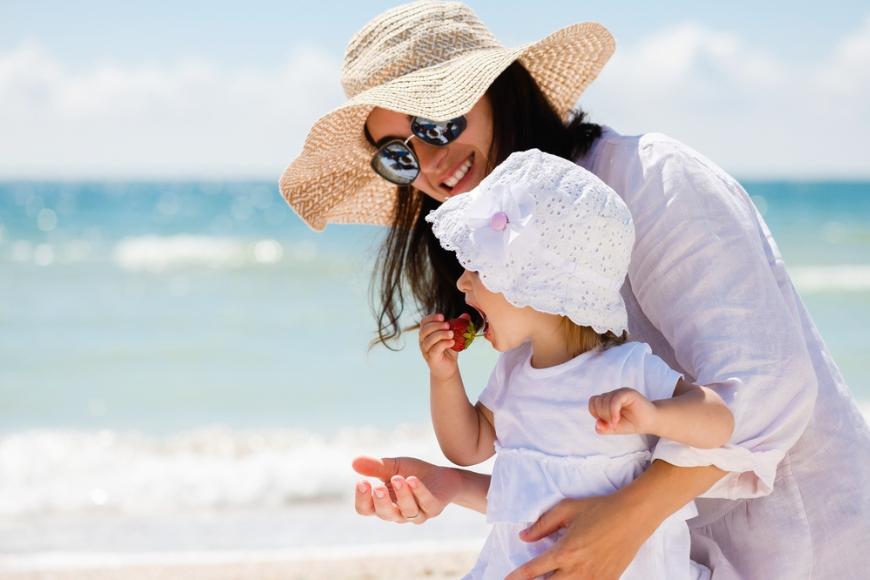
.png)
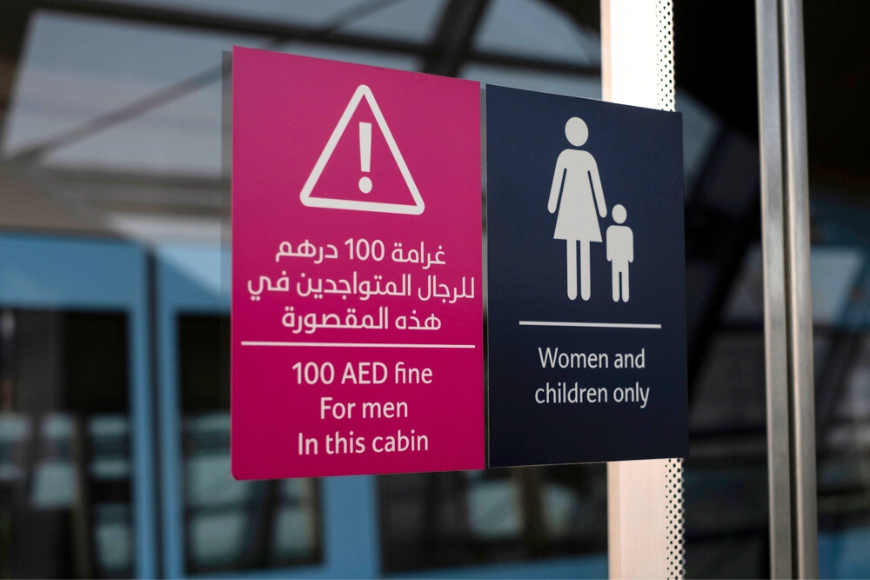
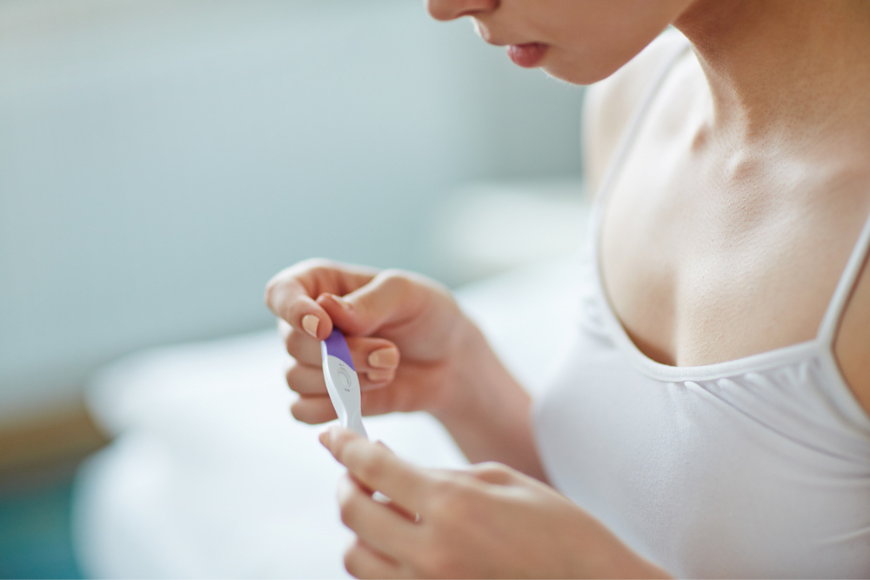
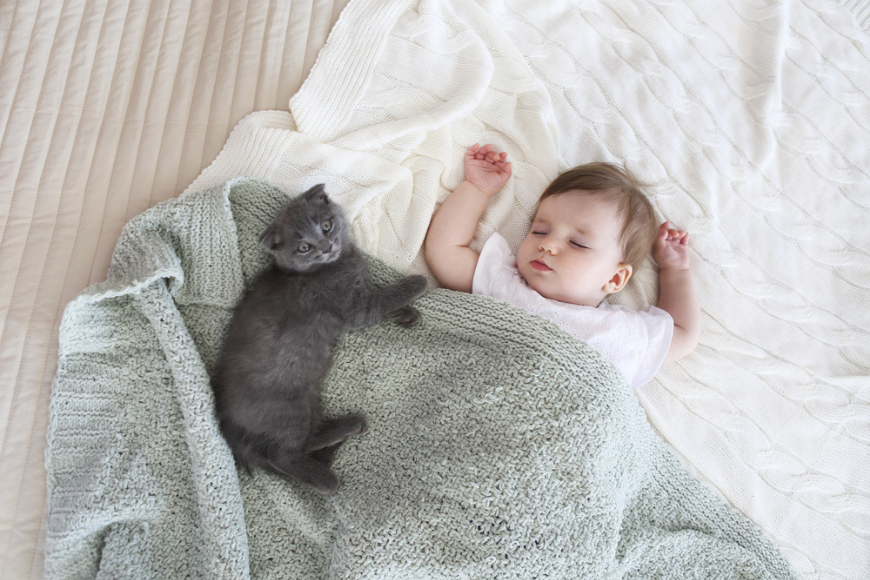
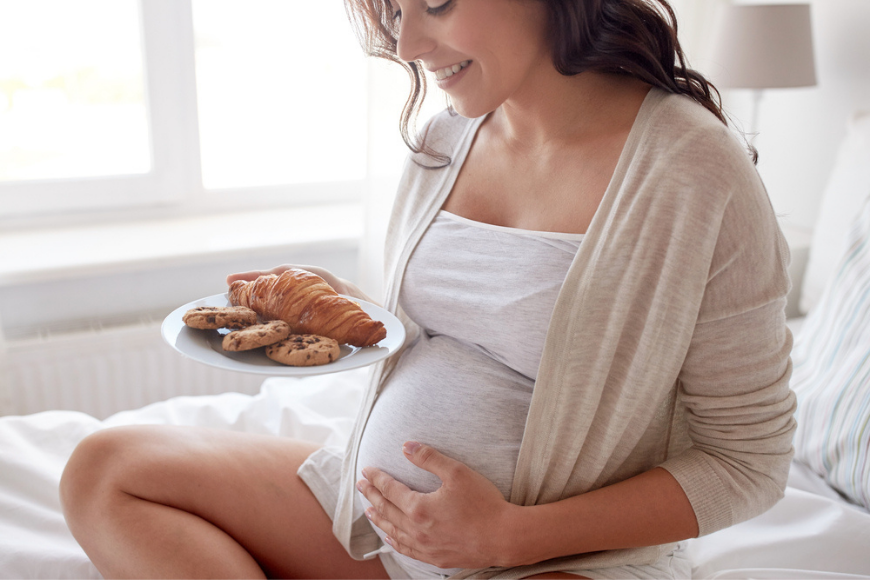






















.png?itok=0fOAXkOm)

























.png?itok=EH_x0Pha)
